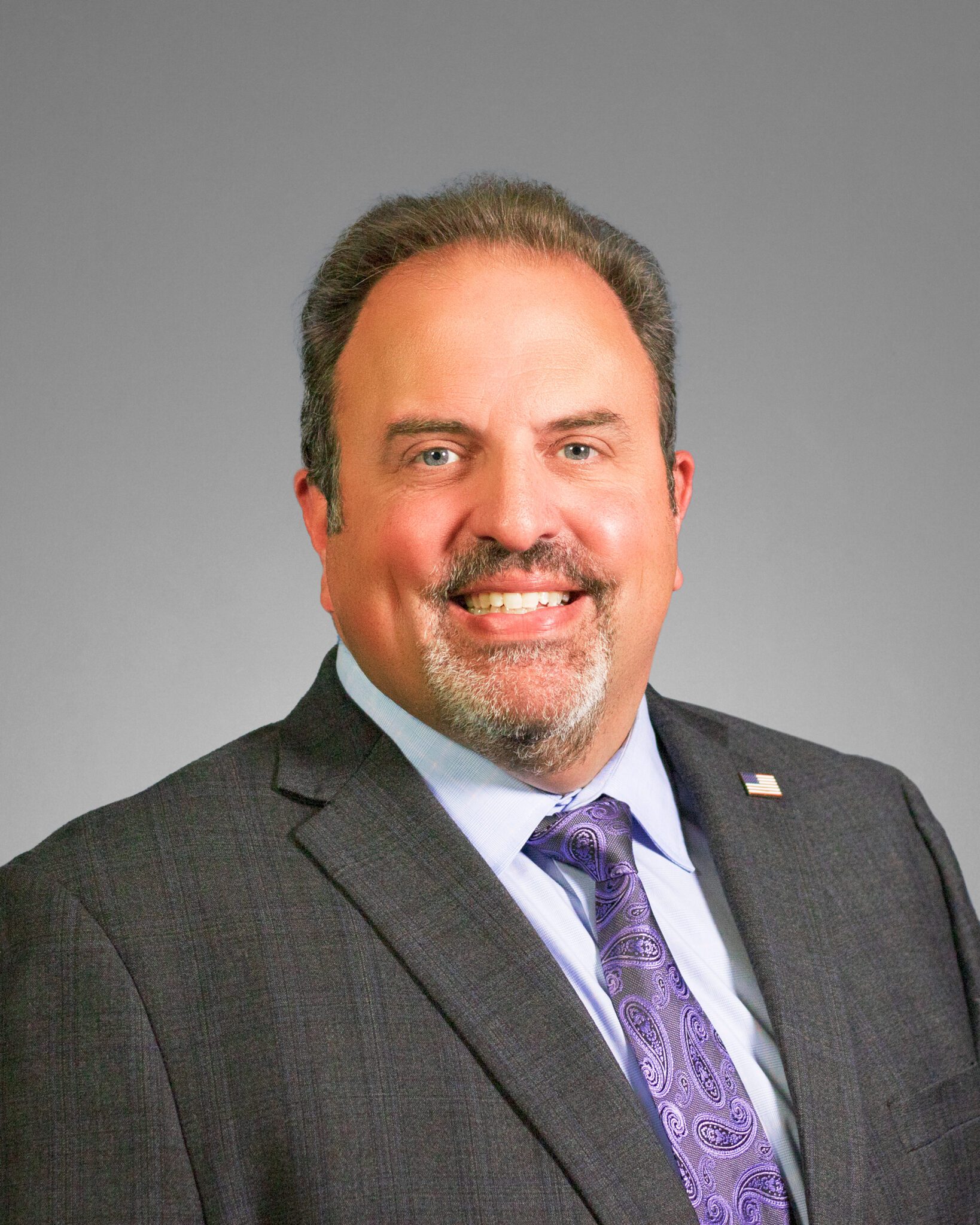
The finalists for WashingtonExec’s Pinnacle Awards were announced Oct. 11, and we’ll be highlighting some of them until the event takes place live, in-person Nov. 30.
Next is Space Industry Executive of the Year (Public Company) finalist Steve Cook, who’s president of the Dynetics Group. Here, he talks key achievements, primary focus areas going forward and more.
What key achievements did you have in 2021/2022?
As president of Leidos’ Dynetics Group, I have the honor of leading an incredible team that is dedicated to the missions of our customers. We have achieved a great deal these past two years.
For instance, our most recent victory in our space program has been the successful launch of our Lonestar satellite. It is currently in orbit completing its 1-year testing period, and there’s already plans for another launch in the future. This program is a huge victory because we’re returning to our roots of developing small, low Earth orbit satellites and innovating to reduce response times, ultimately helping to protect our warfighters from threats on the battlefield.
We’re also continuing our work for NASA’s Artemis programs by developing and manufacturing the Universal Stage Adapter. The USA is scheduled to fly on Artemis IV and help provide delivery of large payloads, such as a new lunar rover, to the Moon’s surface. It will also help connect the Orion capsule to the Exploration Upper Stage and provide communication and electrical infrastructure.
So far, we’ve already built the first, full-sized prototype and are in the process of testing it for delivery to Marshall Space Flight Center.
What are your primary focus areas going forward, and why are those so important to the future of the nation?
Our primary focus is ⏤ and will always be ⏤ protecting our warfighters. Right now, a lot of our work is in the area of hypersonic systems, indirect fires protection and directed energy programs. In the area of hypersonics, we’re the home of the Common Hypersonic Glide Body, which will be used by both the U.S. Army and Navy, and we recently won a contract to develop a test bed to help the Department of Defense analyze and test future hypersonic systems and technologies.
We are also developing vital capabilities for the future of protecting the nation against hypersonic systems using our space-based infrared sensor technology. This can be used in orbit to detect and track hypersonic threats in real time, protecting our warfighters from attack.
We’re also working on developing two important systems for the Army’s modernization strategy ⏤ Indirect Fires Protection Capabilities Enduring and IFPC-High Energy Laser. Enduring is a unit similar to Israel’s Iron Dome. It will protect fixed locations from attack, but it will also be mobile. This means warfighters can be protected even as they move locations across the battlefield.
IFPC-HEL is a 300-kilowatt laser mounted onto a military tactical vehicle that can strike down drones and other unmanned aerial vehicles. Our team has been able to develop an extremely innovative power generator that allows the vehicle to essentially be the battery for the laser while out in the field.
All of these programs are critical in ensuring our nation is prepared to combat threats from great power competition.
How do you help shape the next generation of government leaders/industry leaders?
Something I’ve started talking about more is what we in the industry call “The Technological Valley of Death.” This is something a lot of defense contractors don’t like to dwell on because it’s a challenging part of the business. The acquisition process is a lot more complicated than people realize. The journey to become a program of record is tough and requires us to slug through the “desert.”
After winning an effort, there’s a period of designing, prototyping, manufacturing and testing that often takes years. Oftentimes when a program finds itself in this so-called “desert,” it can die, and it won’t make it across. A lot of other companies shun this area of development, but I like to encourage my team to “hug the cactus,” embrace that time in the desert and learn to love this stage of the process. In the end, it’s what brings new capabilities to our nation.

